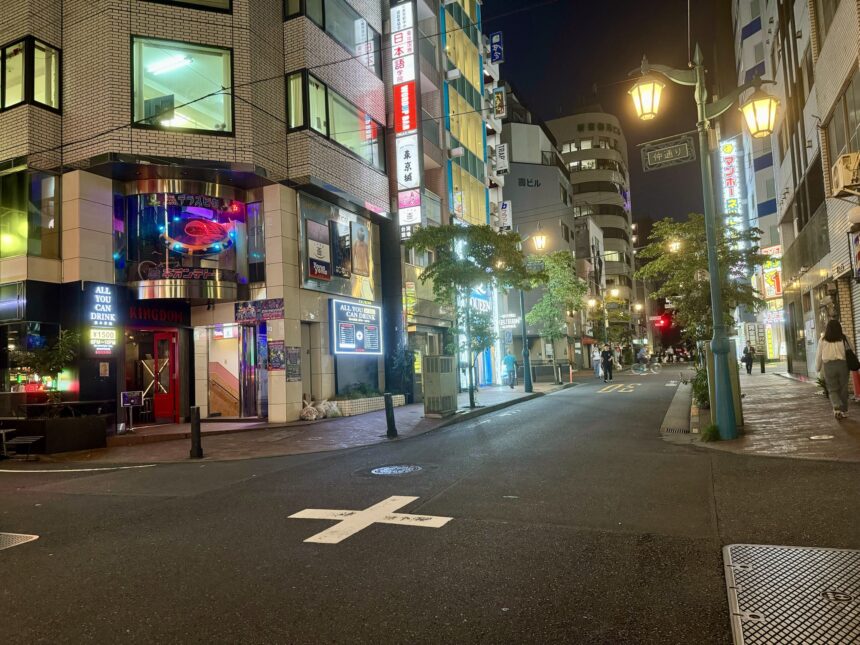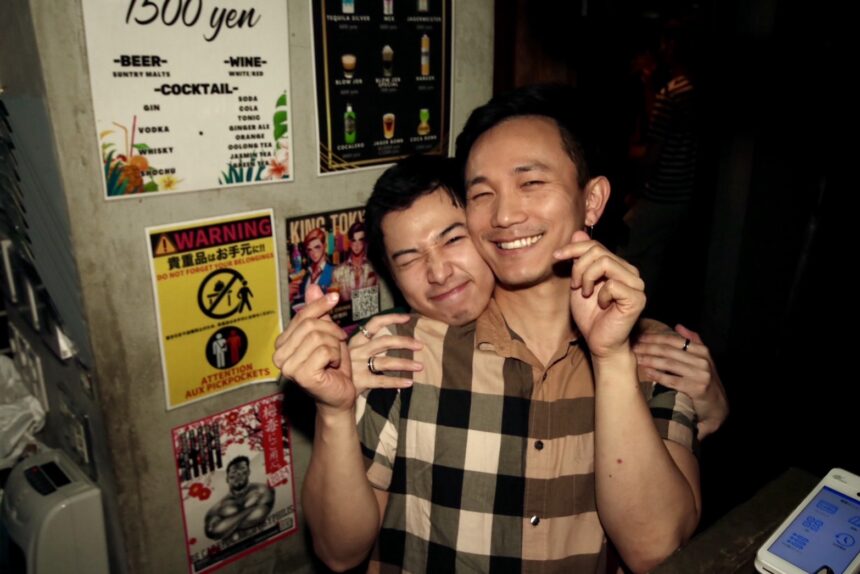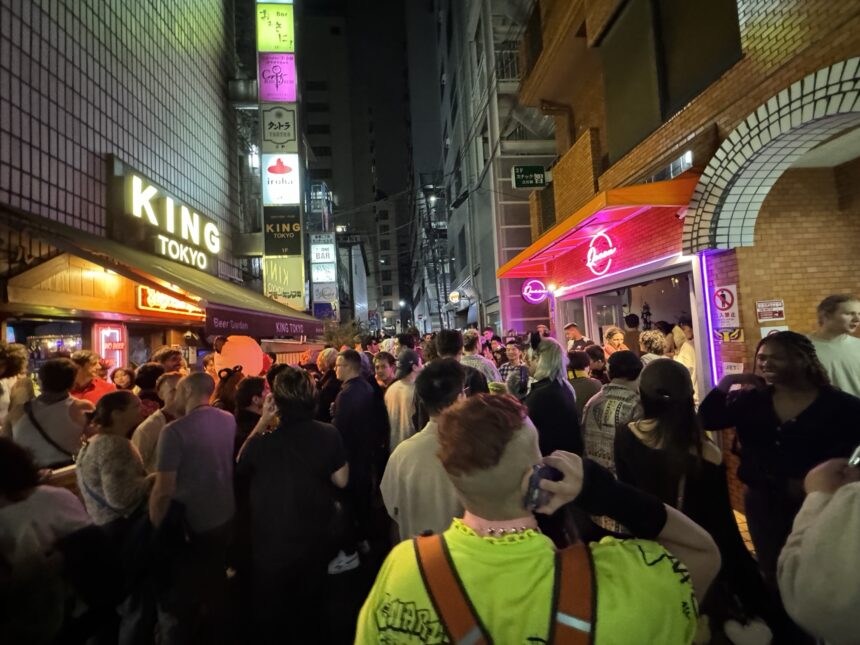So, you’re in Tokyo, and you want to see it all: shrines, temples, a statue of a loyal dog, everything! And there’s one place you’ve heard about that you simply must visit: Nichome in Shinjuku. Famous across the city – and, indeed, the country – as the biggest, most active gayborhood in Japan, this relatively small area is jam-packed with bars, restaurants, and clubs, as well as art galleries and museums to learn more about its history and contemporary culture. But where to start? What are the best places to check out, and why? How come little old Nichome is the LGBTQ+ hub of the world’s largest metropolis? And how the heck do you get there, anyway? Japan Gay Guide is thrilled to answer all these questions and more in our ultimate guide, along with links to more detailed articles in case any of these locations piques your interest. s
Nichome, in Tokyo’s Shinjuku Ward
Nichome, in Tokyo’s bustling Shinjuku ward, has long since established, earned, and delighted in its status as the best, most fun queer hub in all of Japan, and possibly all of Asia. Shinjuku itself is infamous as the busiest, noisiest part of Tokyo, as a business area in the day and a place to party at night. Nichome has several daytime businesses, naturally, but it is the nightlife where it truly excels – and honestly, when was the last time you went on vacation and said, “yeah, the bars were fun, but the most exciting part was standing outside the headquarters of a hedge fund!”?
It is also known for its friendly and welcoming locals. The close knit community of LGBTQ+ workers, volunteers, visitors, residents, businesses, and allies means that solidarity is not just a buzzword, but a way of life for the people of Nichome. It’s also for this reason that many foreigners, whether residents or tourists, love visiting this area, and people of all nationalities, sexualities, and genders are made to feel like family.
Nichome Details
Where is Nichome?
Nichome is located a stone’s throw from Shinjuku Sanchome Station and Shinjuku Gyoenmae Station, as well as being a mere ten-minute walk from the busiest railway station in Japan – and the world – Shinjuku Station itself.
From Shinjuku Sanchome Station, taking one of the exits C1-8 will get you very close, but C8 itself is probably the best option for getting you right to the heart of the action. From Shinjuku Gyoenmae Station, it’s a mere three-minute walk from exit 1 to reach the area. Shinjuku Station itself is a little more involved, as is described below, but it is not especially complicated, it just takes a little longer.
The landscape of Nichome is largely flat, with occasional minor inclines here and there. As such, traversing the district isn’t very difficult, though the large number of side streets and several bars and clubs not being on the ground floor of a given building mean that navigation can sometimes be tricky, even with a smart phone. That means that if you have a friend familiar with the area, it’s a good idea to ask them how to get to a place that caught your eye – or even ask them to join you!
On that note, because many of the buildings are intact in largely the same state they were decades ago, a lot of bars or clubs that are not on the ground floor are inaccessible for wheelchair users, and may prove difficult for people with crutches or other mobility aids. That being said, there are a number of bars, clubs, and eateries and attractions on ground level, so you won’t be short of things to do.
How to get to Nichome
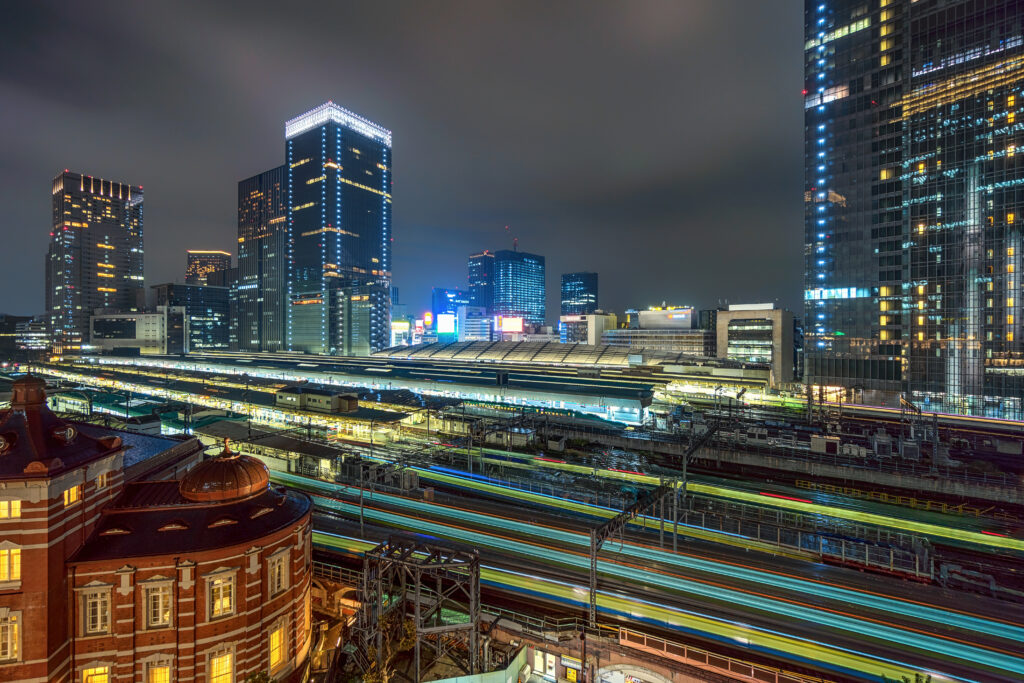
From Shinjuku Station
Getting to Nichome from Shinjuku Station can be done in one of two ways. First, you can leave Shinjuku Station via the East exit, and follow the signs towards Shinjuku Sanchome. This walk is entirely underground, and so is a great option if you’re trying to avoid wet weather. Alternatively, you can exit at street level and walk down Shinjuku Dori street towards Nichome. This is a pleasant walk that takes you past many interesting shops and small restaurants, perfect for a mild day.
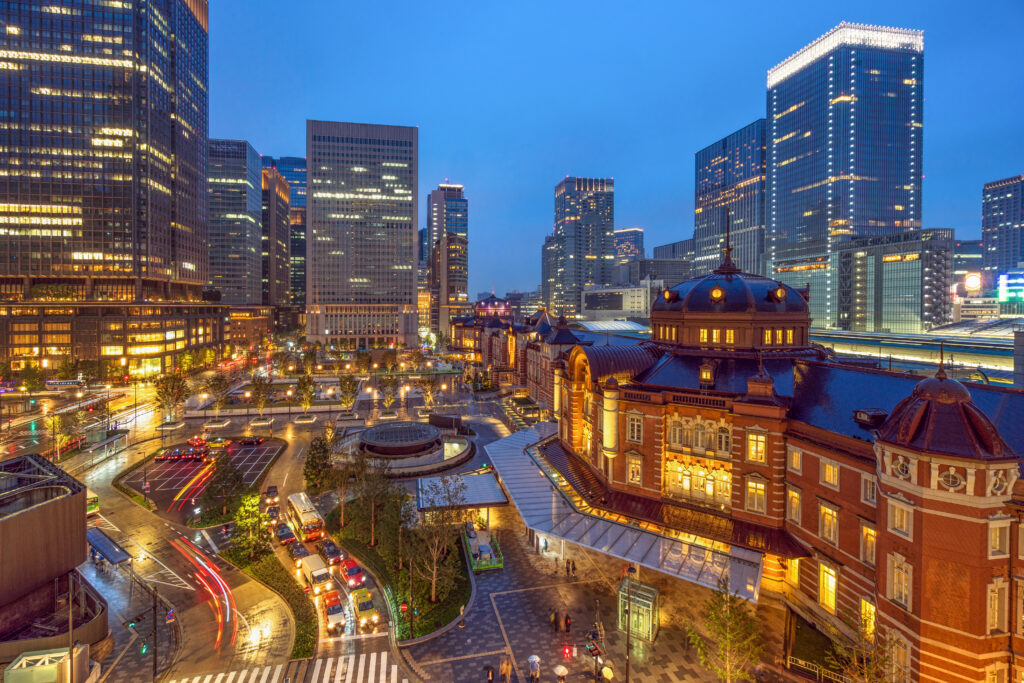
From Tokyo Station
Getting to Nichome from Tokyo Station is really just as simple as getting to Shinjuku Station and following the above instructions. To get to Shinjuku Station from Tokyo Station, simply board the JR Chuo Line rapid service towards Takao, and exit at Shinjuku, a four-stop journey that costs ¥208.
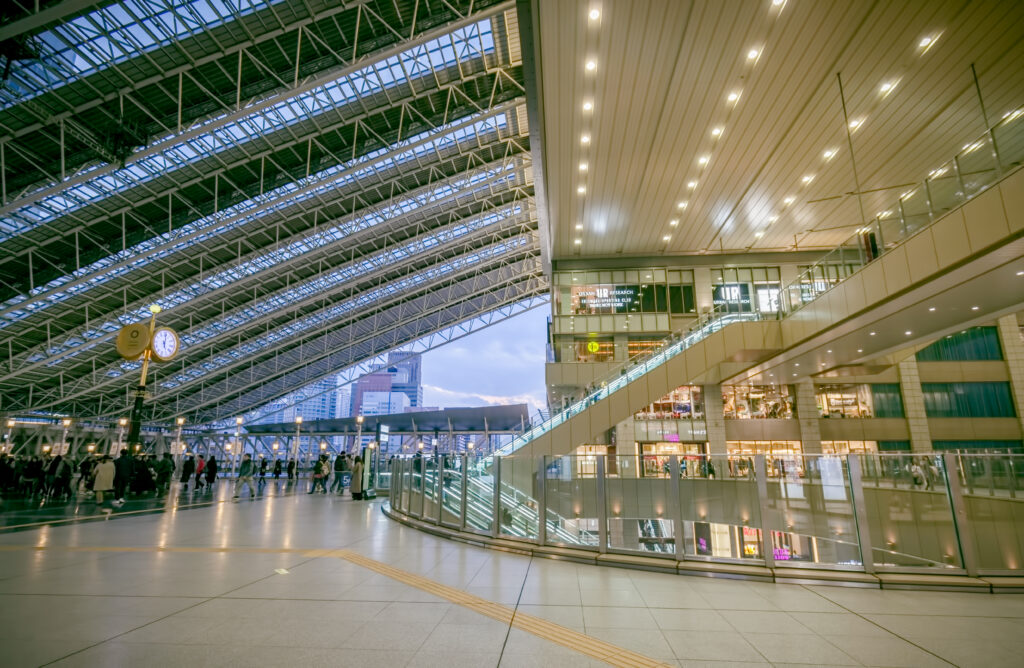
From Narita International Station
Similarly, getting to Nichome from Narita International Airport is a matter of getting to Shinjuku Station. However, given that Narita is not part of Tokyo itself (do not book a taxi from the airport to anywhere in Tokyo!) it takes a little more effort and cash, and will require a change of trains. The best option is to take the Skyliner, which leaves Nartia frequently, to Nishi-Nippori on the JR Yamanote Line. From there, it’s 10 stops to Shinjuku. This journey takes a little more than an hour, and will cost between ¥1475 and ¥2,775.

From Haneda International Station
Based in Ota-ku, the largest and southern-most of Tokyo’s 23 special wards, the journey to Shinjuku Station from Haneda International Airport will also require a change, but it is not so expensive as from Narita, nor is the journey so long. Taking roughly 45 minutes in total, first you should take the Keikyu Kamata line rapid-limited express towards Keisei-Takasago Station, and change at Shinagawa Station to the JR Yamanote line. From there, it is just eight stops to Shinjuku. This journey will cost ¥535.
Nichome, Ni-Chome, or 2 Chome?
So, before you even arrive, you may have noticed that there appear to be lots of ways that people describe the LGBTQ+ center of Tokyo: Nichome, Ni-Chome, 2 Chome… but which one is right, and why are they all different?
Well, essentially, they’re all correct. “chome” is Japanese for “district” or “area”, and “ni” means “two.” So, the English translation might be “second district.” However, just as this can also be written “2nd district” in English, the fully phonetic “Nichome” can be written “ 2 Chome,” or “Ni-Chome,” to make the distinction between the number and the fact that this is a specific district clear.
So, don’t be confused if you read in one place that “Nichome is the gay capital of Tokyo,” and read in another place that “2 Chome in Shinjuku is the place to be for LGBTQ+ community in Tokyo,” they’re not different, competing gayborhoods: they are one and the same.
What is Nichome Known For
As mentioned, and as you likely know, Nichome is known as the biggest gay district in Shinjuku, in Tokyo, and anywhere in the country. With an estimated 300+ LGBTQ+ bars in just a five-block radius, it also has a legitimate claim to be the most concentrated yet largest queer hub in all of Asia.
As well as galleries, cafes, and eateries, Nichome is best known for its nightlife. When many people first arrive in Japan, they can be surprised to see pubs and bars noting they close at 25am or 26am – a ‘kind’ way of saying 1am or 2am without making you feel bad for staying out into the next day. This can be especially jarring if you’re coming from a country that enforces 11pm or midnight closings. But Nichome says, “ha, a 2am closing is for babies”. Many of the bars and clubs stay open until 5am or 6am, so you can party through the night until the trains start running again.
Nichome is not shy about its status as the focal point of LGBTQ+ culture and joy in Tokyo. You’ll be in no doubt that you’re in the right place when you see the rainbow flags, signs, and even a pride-colored torii shrine gate.
Safety in Nichome
As is the case for Japan and Tokyo in general, Nichome is usually a very safe area. Although a busy area such as Shinjuku would in other places often be a haven for pickpockets, crimes like theft and physical abuse are rare in Japan. Nichome is able to flaunt its status as a safe space for all visitors, but especially LGBTQ+ people, even as it also boasts its bars that allow for drinking through the night, which in many other countries may be synonymous with unsavory characters, and possibly even danger.
That being said, it is important to remember that crime is rare, not non-existent. When you go out drinking, remember to pace yourself so you don’t black out, and keep your drink covered if in a crowded space. Remember your limits, and try not to get too drunk before heading out.
Want to learn more about Nichome?
Nichome Culture
History
After the end of World War II, Nichome was one of many red light districts, though it did have enough gay bars that the presence was noted by visitors to the district at the time. However, when anti-prostitution laws came into force in 1956, typical brothels and sex work went largely underground, and the number of gay bars in the area increased to fill the vacuum that had emerged. By the end of the 50s, Nichome had become the de facto gay capital of the country.
Like much of Shinjuku, Nichome in the 1960s gained a reputation as a place for radical students, activists, and others looking to change society for the better. Among the socialists, anarchists, and feminists, Nichome also played host to the nascent gay activist scene. As the years progressed, many of the more radical stores and locations have fallen away, but some still remain, such as New Sazae, a club that remains steadfastly loyal to disco music and retro interior design.
Despite the ebbing of the radical atmosphere of Shinjuku as a whole, Nichome remains a hub for LGBTQ+ activism, as proven by establishments like AKTA, a community center that, among other things, provides AIDs and HIV prevention and education services, as well as hosting regular events to strengthen community cohesion.
Nichome Etiquette
Nichome largely has the same kind of etiquette and manners as the rest of Japan (at least in the daytime!), but as an LGBTQ+ district, there are a few differences that need to be highlighted so that first-timers don’t actually look like first timers. So let’s explore a few before you go. After all, it always takes some effort to make fitting in look effortless!
Nichome Do’s and Don’ts
So, what are some things that you should definitely do on a visit to Nichome? Well, the first piece of advice we can give is to go early – ideally, you’ll want to start your night at around 6pm. Why so early, though? Well, many bars in Nichome have great drinks deals that run from their opening, usually 6pm, to 9pm. After 9pm, you’ll usually be paying full price. So it’s worth getting there in the evening twilight to get more bang for your buck.
It’s also a good idea in many bars – especially those that have hosts or hostesses, known as the resident “mama-san” – to buy a drink for the bartender. In Japan, tipping is generally frowned upon, and it’s highly unusual to offer a tip – but offering a drink, now that’s a different matter. It will help ingratiate you to the mama-san, who will not only engage in interesting conversation, but they can also give you advice on where to go and what to do, depending on your tastes.
In terms of no-gos, one of the first things is to remember not to make assumptions about people’s identity based on their appearance or presence in Nichome. This goes double for anyone dressed in drag. While drag and flashy outfits are hugely popular among gay men and trans women, the high profile that it has received in recent years – due in no small part to the large and dedicated fan base of Ru Paul’s Drag Race – mean that it has also found many fans among cisgender people and straight men. As such, it’s best not to make guesses as to someone’s sexuality or gender identity based only on their clothes.
You should also be careful when taking pictures. We all like to have memories of a great night out (especially if our own memories start to get fuzzy around the fifth drink) but in Japan, even in Nichome, some people would prefer that their sexuality not be broadcast – and if their picture at a gay bar in the LGBTQ+ heart of Japan makes it to social media, they could be inadvertently outed, or there could be a mix-up that causes problems with work or family. If someone is wearing a particularly fabulous outfit and you want to take a snap to show your friends, all you need do is ask: the worst that can happen is they will tell you not to take their picture. But if they’re already dressed up to the nines, they probably won’t mind posing for a Polaroid or two.
Check out this extensive article about all the places you can visit in Nichome.
